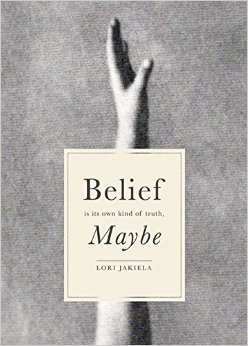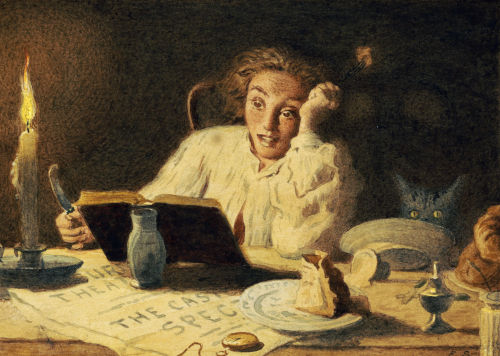The Best Short Story I Read in a Lit Mag This Week: “Dead Mouse” by Caroline Macon
Poet William Carlos Williams famously wrote, “Say it, no ideas but in things,” which speaks how objects have remarkable ability to bear and express ideas that otherwise might feel one dimensional, or altogether without shape or meaning. Caroline Macon, in her story, “Dead Mouse” ([PANK] 10.3), employs what the title suggests to carry the emotional weight of the story to a sad but satisfying ending.
We meet Macon’s protagonist, Claire Fuller, as she’s outside of her home, observing the dead mouse.
“He died about three days ago and looks corpsier every time I pass by. Days are long, life is long, everything is destined to decay, et cetera. If I still lived in the sunny south, this little mouse would be a fried steak by now. In the Chicago chill, he is a cold hunk of Colby. I guess flies like Colby. They started going after him this morning and by the time I was home from work, noticeable chomps had been eaten from his body. Chomps, like a cartoon.”
The description tells us as more about Claire than it does the mouse. There’s the world-weary nihilism (“et cetera”), then the attempt to create distance by treating it like a humorous cartoon (“Chomps”), both of which tell us that this dead mouse is, in fact, important to the narrator—so much so she must find ways to dismiss it.
As the plot develops, we discover that Claire lives above a veterinary office, and has fallen in love with a vet she doesn’t feel she deserves. In addition, we discover that the dead mouse is far from an anomaly. Her landlord Edward has been trying to get rid of them now for quite some time, with no luck. Here, Macon begins to endow the mouse with an alternative symbolic quality than in the first paragraph.
“Rich Chicagoans spend thousands of dollars to have their dog’s tailbone cosmetically shaved. All the while, homeless animals are dropping in the streets. The homeless are dying. It’s just a thought.”
Along with the deft comparison, this development shows a shift in Claire’s perspective; no longer is she avoiding the dead mouse, she’s engaged with it metaphorically. Next, Macon takes an associative leap, and we’re introduced to a homeless gentleman, who discovers Claire observing the mouse, and—after some witty banter over what to do with the mouse—gives this enigmatic statement: “If you love him, love him.” Look at Claire’s response to this.
“If you love him, love him. I know he is talking about the mouse, but I can’t help but picture Patrick. I scoop the mouse into my hand like a crouton in a salad spoon.”
We have another shift, this time towards love. She thinks of Patrick and then picks up the mouse and then takes it inside. You could say she’s taken ownership of it. But doing so causes harsh self-appraisal.
“I’m alone in a stairwell with a dead mouse and of all things, I’m thinking of myself. I’m thinking of my missed career opportunities, of my loneliness, of my inability to maintain long relationships. I’m thinking of the pimple on my chin that just won’t pop, but wells, and ruins my entire face.”
At this point in the story, Macon has made it clear that the mouse symbolizes Claire’s loneliness, her inability to love, her self-loathing. It’s her plight, this mouse, there in her hands in the stairwell. So what will she do with it? I could imagine an ending where she slowly walks outside, buries it in the cold Chicago soil, sheds a few tears, and we would understand the gestures as a step towards Claire getting past what ails her.
But Macon doesn’t go for a tidy resolution; instead she opts for a tragic circle. Claire panics, and calls for help. A neighbor takes over disposal of the animal, a very clinical tasks that ends with burning it in gas. She watches, uninvolved in the process, until it’s done. And, in the end, when she walks outside into her backyard, what waits for her is yet another mouse.
Claire is still stuck in turmoil, and until that changes, we imagine that the mice will keep appearing, ready to bear the weight of her sorrow.


